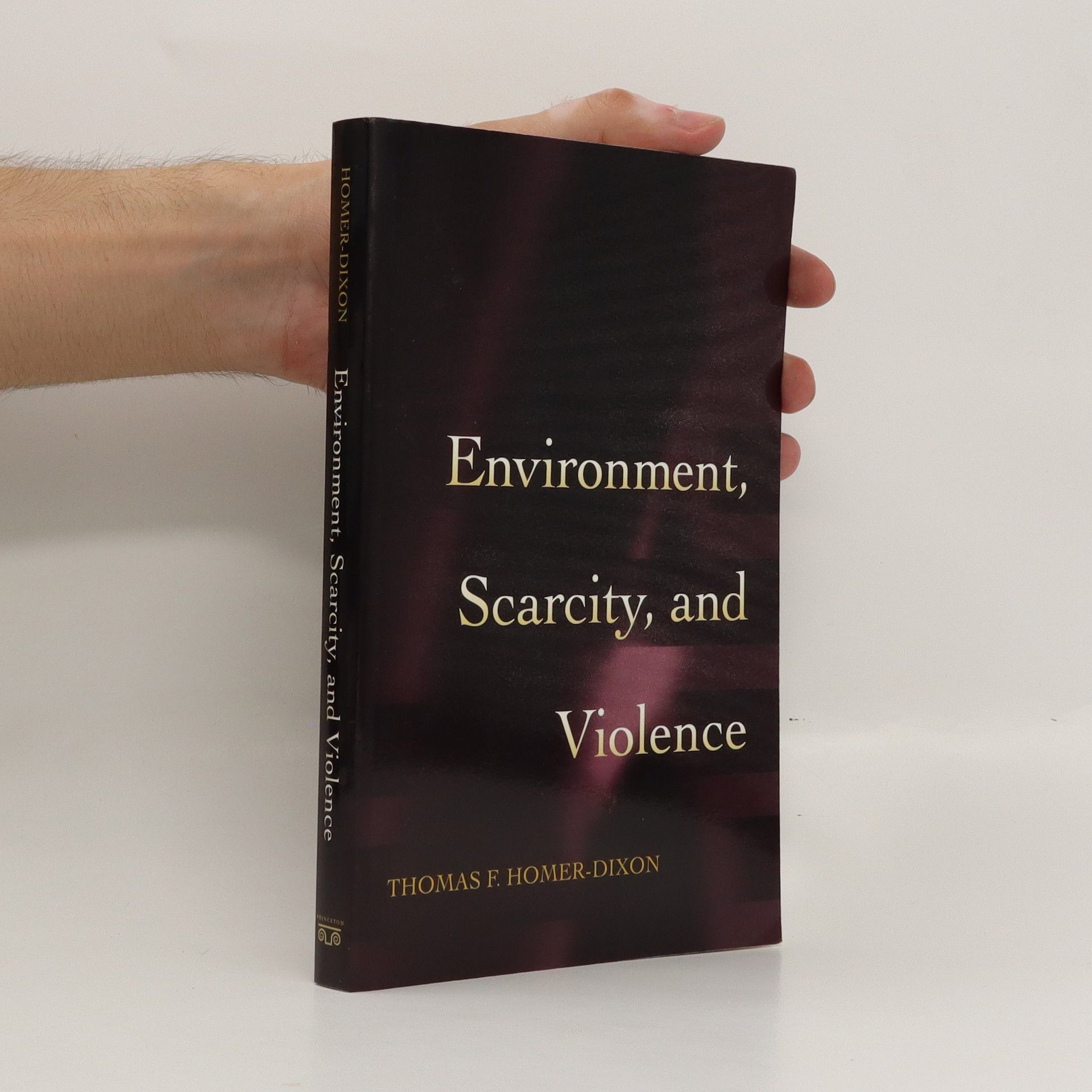Más información sobre el libro
The Earth's human population is projected to exceed eight billion by 2025, leading to increased demands for natural resources and resulting in critical scarcities of renewable resources like cropland, fresh water, and forests. Thomas Homer-Dixon contends that these environmental scarcities will have significant social repercussions, potentially fueling insurrections, ethnic conflicts, urban unrest, and civil violence, particularly in developing nations. He synthesizes findings from various international research projects to create a model explaining the sources of environmental scarcity, citing examples such as water shortages in China, population growth in sub-Saharan Africa, and land distribution issues in Mexico. These scarcities arise from resource degradation, increased demand, and unequal distribution, leading to heightened poverty, large-scale migrations, social divisions, and weakened institutions. Homer-Dixon illustrates how these social effects can trigger violence, referencing conflicts in Chiapas, Mexico, and ongoing turmoil in several African and Asian countries as partially rooted in scarcity. He emphasizes that while environmental scarcity's impacts are indirect and interact with other stresses, human ingenuity can mitigate conflict, especially in nations with efficient markets and educated populations. However, he warns against underestimating the violent consequences of scarcity, as nearly half the global popu
Compra de libros
Environment, scarcity, and violence, Thomas F. Homer Dixon
- Idioma
- Publicado en
- 1999
Métodos de pago
Nos falta tu reseña aquí
